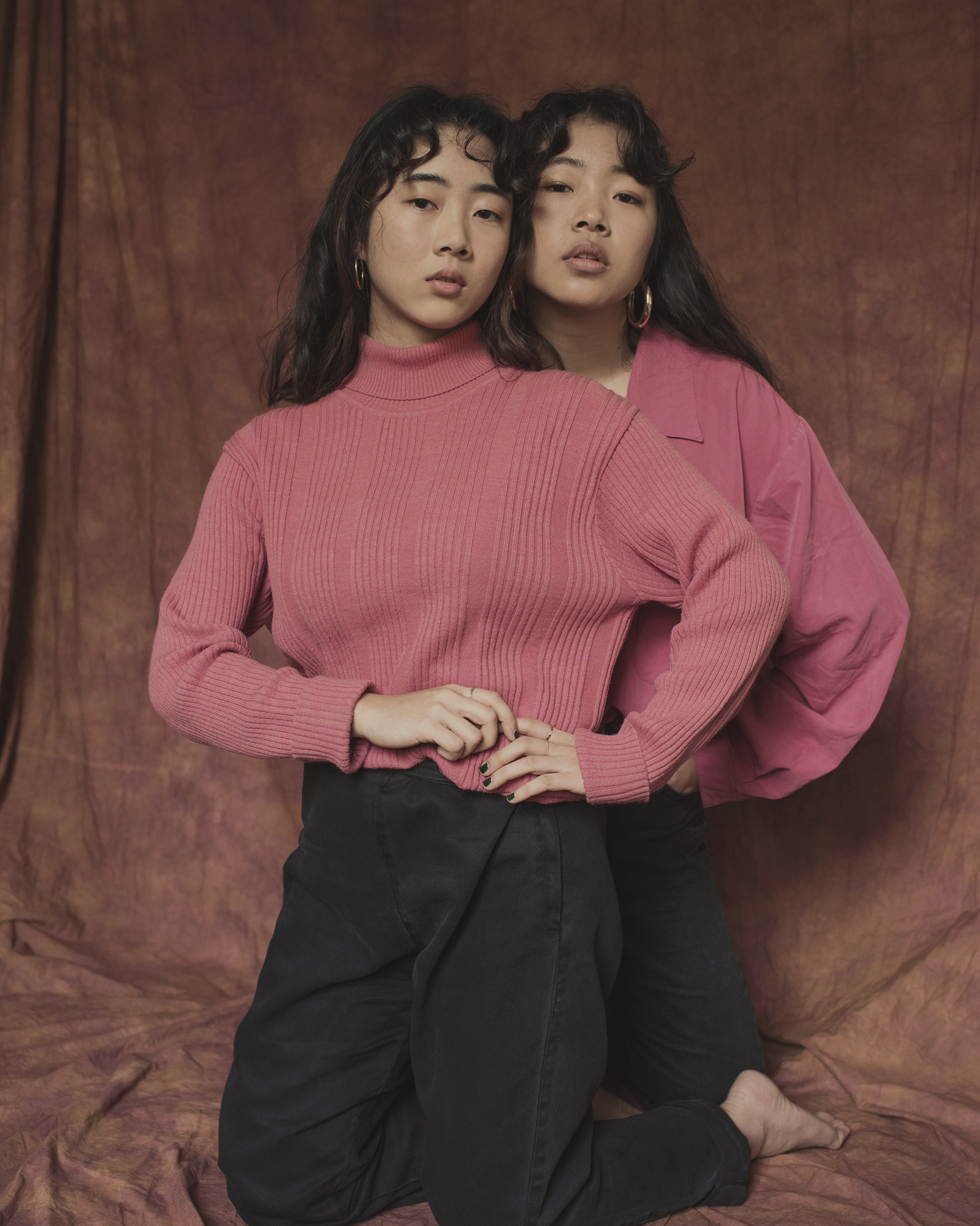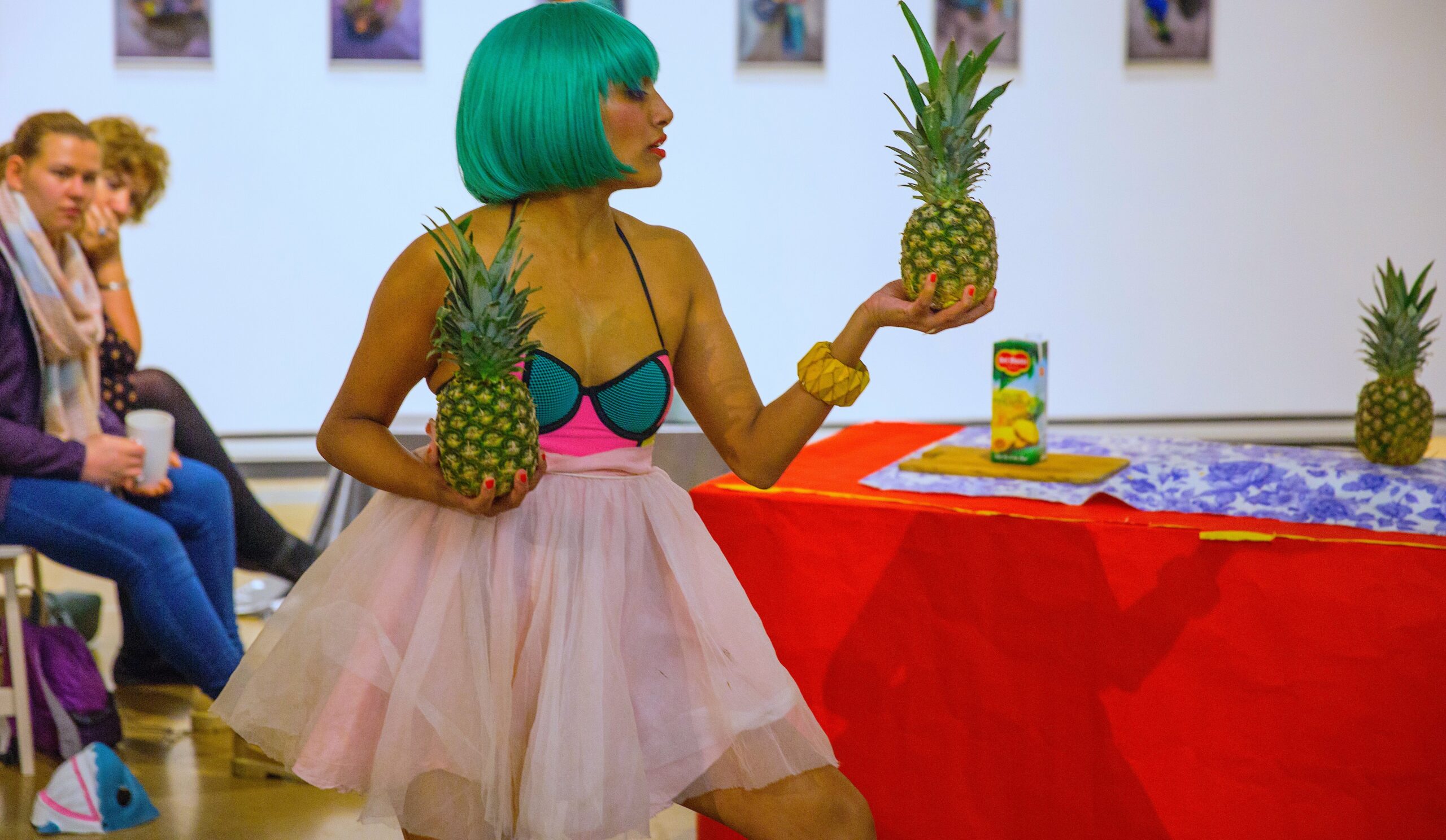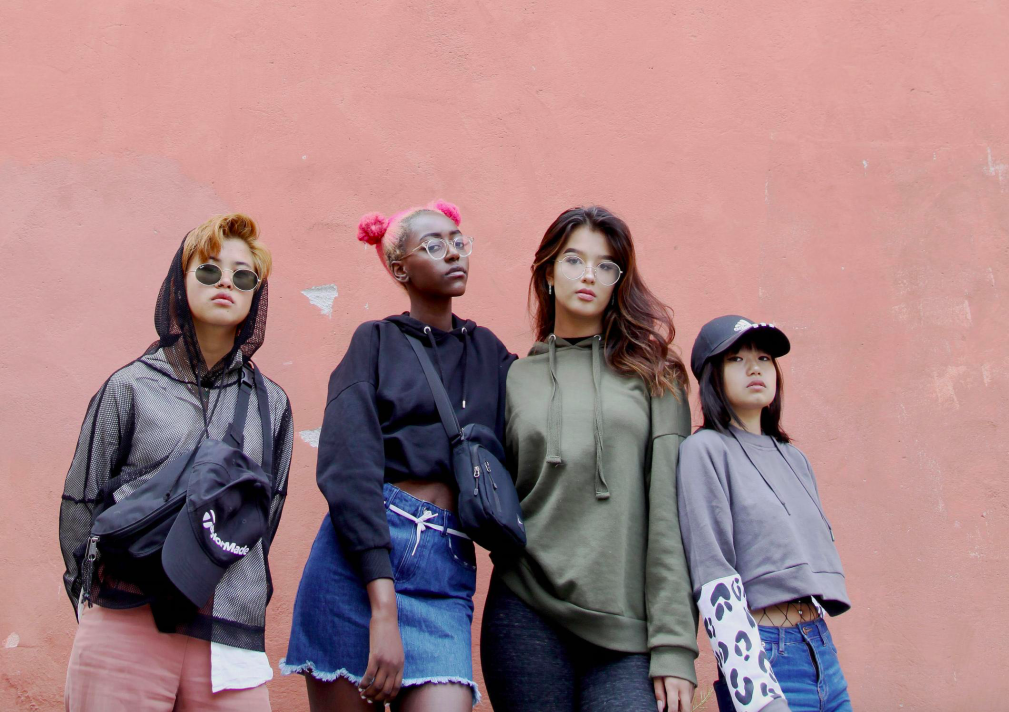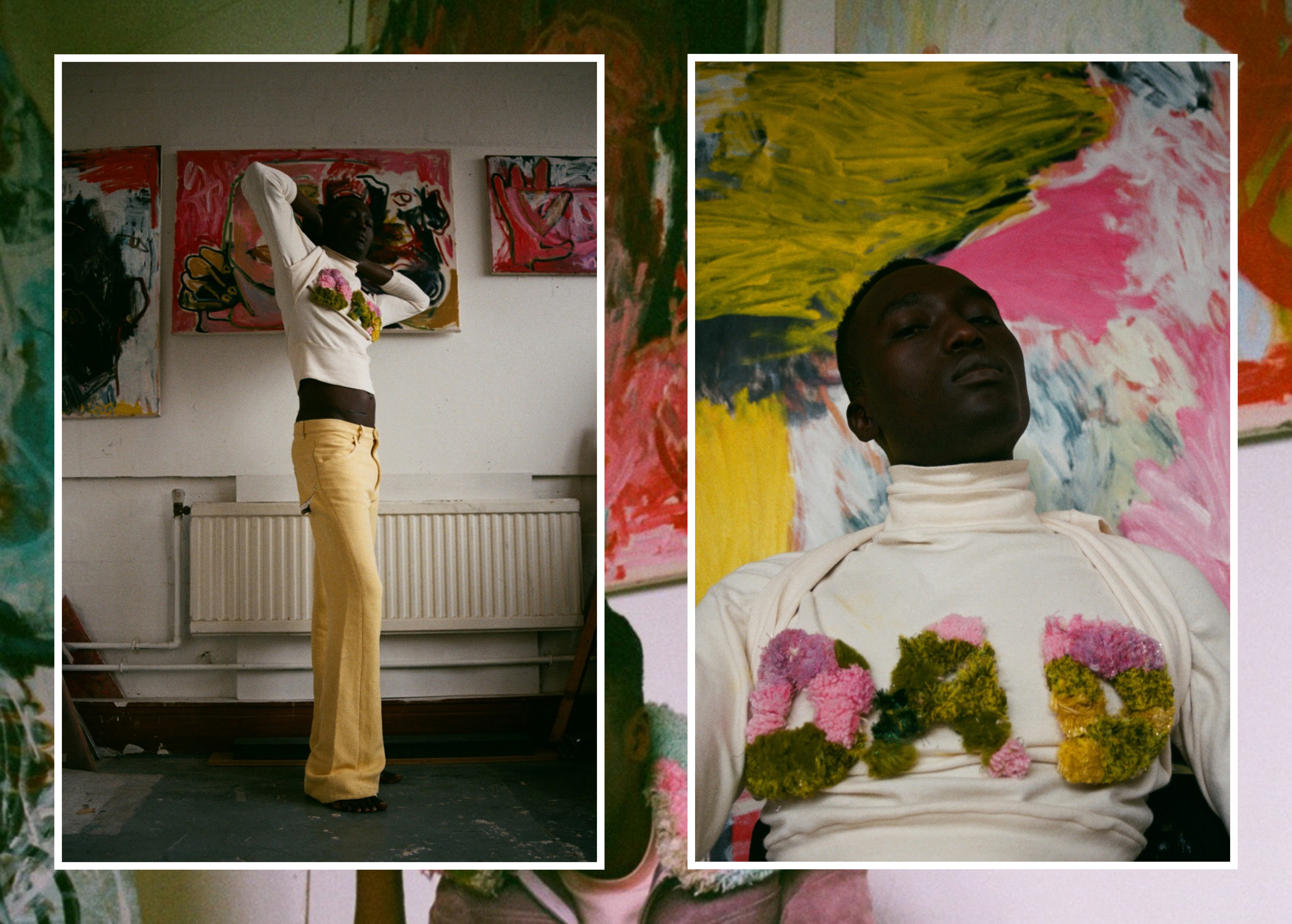
Typical Girls: new issue explores empowering women from the past and present
Jessica Cole
26 May 2017
The rousing forces of Typical Girls are back with their third volume, Generations. Upholding their mandate of challenging cookie-cutter femininity by rallying the breadth of all female-identifying experiences, this volume explores the eclectic definitions of our Generations. History sees emancipatory movements from the perspective of a man and sidesteps the crucial and prominent roles of the unnamed women, who are the staples of social movements. This inaccessibility to the reference points of past feminist activists has perhaps hindered how we as women evaluate the problems we are confronted with today. The modern problems, of a modern society, that has purged our modern generation into an increasingly dystopian reality. The insidious swirls of a post-truth reality that has plunged politics into a populism, which alienates and disempowers bodies that identify as women or ethnic minorities.
Generations looks to the women collectives and creatives of today who are challenging adversity, and intersects this with the voices ofprevious generations of activist womenprevious generations of activist women. The volume mediating between the voices of women such as Sue O’Sullivan a key feminist and activist since the 1960s, with contemporary voices such as the London based artist Joy Miessi. Miessi’s work is a clash of typography, illustration, and painting that whirl together the conflicting binaries of British and Congolese culture. The vibrant bursts of the pieces she has produced, exclusively for this issue, crawl with the recurrent ghosts of generational displacement that continue to haunt and hinder British society.
This is so much more then a zine, this is a declaration on how we as women can navigate through contemporary situations: by not only engaging across nationalities, but crucially across generations. This myriad of artistic perspectives provides a variety of directions in which each contributor departs into their own exploration of defining our generation. The lightness of the magazine’s curating hand gives the pieces the chance to attune the reader to different channels of perception. Generations is marked by the same diligence of T.G’s previous editions Beginning and Naked, in the way it intelligently explores the work of self-identifying women. Yet it seems to go even deeper this time in its emphases on the power of women moving as a collective group. The magazine reflects on the most evocative example of this so far with the global women’s marches that stormed the world in January. This key theme of unity is again picked up by the cover star and founder of Art Hoe Collective, Gabrielle Richardson, who is captured by photographer Amarachi Nwosu on the streets of New York. Richardson’s collective is an online movement which provides a space for non-binary and queer artists of colour to display their art. In the accompanying interview, a key point Richardson makes is of the power Art holds for artists of colour: it always holds a “message and a sense of resistance”.
This resistance permeates through each page of Generations from the video stills of Dérive by Rabz Lansiquot, to the citrus pops of Constance Macqueen’s paintings, and the invigorating conversations with prominent industry figures like writer, editor, and creative consultant Lynette Nylander. At just 27 years old, Lynette has crafted an impressive career in the publishing world, with the interview piece reflecting on how she ‘simultaneously engages with, and pushes against the vast publications of history’. The resistance of each woman featured is against the acceptance of things as they are. The individual women intertwine, and merge in their shared desire to embody the various changes they wish to see. Typical Girls not only departs from typical ideas of femininity, but from the typical conventions of zine publishing. The publication liberates the creative integrity of its contributors, which in turn empowers the reader by giving them an organic space to explore the rawness of women’s creativity.
The opening feature of the zine begins with a reflection by Gunilla Karlson on an article she wrote for Nova Magazine nearly two decades ago which pondered if we could still be radical. The curation of Generations seems to suggest that we are radical, but perhaps not in the conventional sense. In the tremulous time we now live in TG’s Generations demonstrates how our generation has stretched out the meaning of what it means to be radical into a free-ranging resistance, from not just one perspective, but a whole breadth of expressions and ideas. Literature, philosophy, paintings, photography, videos, comments, conversations, and narration all compile together in a radical form of eclectic expressions. At the core of Generations is the glowing power that comes from the unity of female creatives. The magazine champions the radicalness of a collective female resistance that is made up of individual faces and identities, rallying together under the banner of our Generation, demanding our voices to be heard, and crucially for us all to be seen.
Typical Girls is headed up by Editor-in-Chief Jamila Prowse, Editor Celiya Köster and Art Director Chani Wisdom. Their third volume, Generations is out on the 22nd of May, with a pre-release at this year’s DIY cultures. Typical Girls will also have a stall at this year’s Offprint, at the Tate modern.













